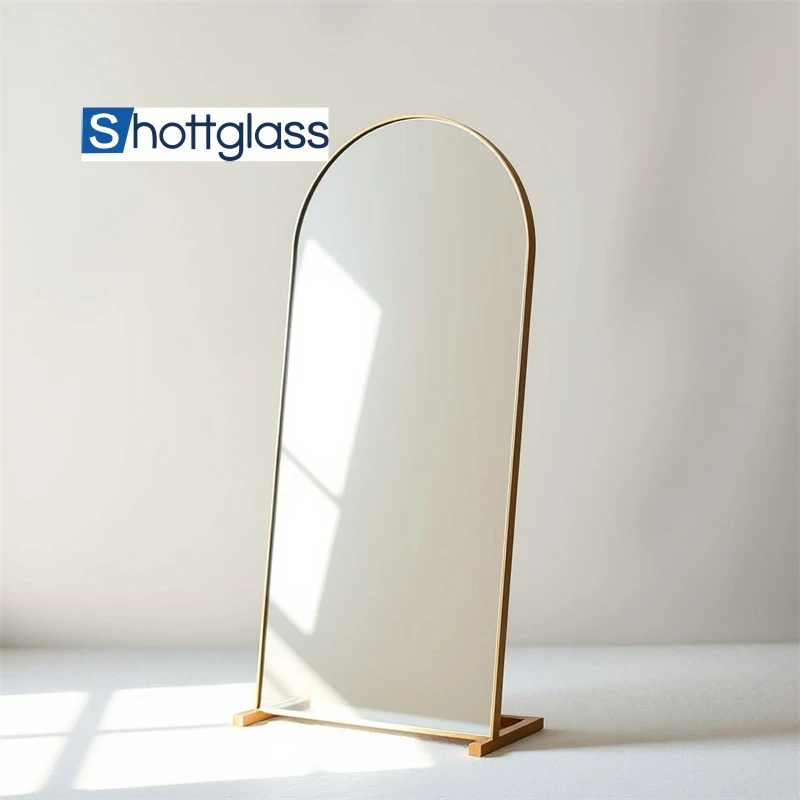Aug . 31, 2024 14:27 Back to list
what are low emissivity windows
What Are Low Emissivity Windows?
Low emissivity windows, often referred to as low-e windows, are a modern invention in the field of building design and energy efficiency. These windows are designed to minimize the amount of infrared and ultraviolet light that can pass through the glass without compromising the amount of visible light that enters a space. The key feature that differentiates low-e windows from standard windows is the special coating applied to the glass.
What Are Low Emissivity Windows?
There are different types of low-e coatings, primarily categorized into two main types hard coat and soft coat. Hard coat low-e windows are made by applying a layer of tin oxide during the glass manufacturing process. This coating is durable and more suited for climates that experience extreme temperatures. On the other hand, soft coat low-e windows are made by depositing a silver-based layer onto the glass. Soft coat windows are generally more effective in reducing heat transfer but are less durable and require additional protection, often produced within insulated glass units.
what are low emissivity windows

The energy efficiency of low-e windows can be quantified using the U-factor, which measures the rate of heat transfer through the window. Low-e windows typically have a lower U-factor compared to standard windows, making them viable options for both residential and commercial building projects aiming for energy efficiency. According to studies, incorporating low-e windows can effectively reduce energy bills by up to 25%, depending on the climate and specific building design.
Furthermore, low-e windows contribute significantly to sustainability. By using less energy for heating and cooling, buildings equipped with low-e windows have a smaller carbon footprint. This aligns well with global efforts to reduce greenhouse gas emissions and combat climate change. In many regions, government incentives and rebates are available for homeowners and builders who utilize energy-efficient products, including low-e windows.
In conclusion, low-emissivity windows offer an innovative solution for enhancing energy efficiency in buildings. By reflecting heat, they not only help maintain a comfortable indoor environment but also contribute to significant energy savings and reduced environmental impact. As more homeowners recognize the benefits of low-e technology, it is likely that these windows will continue to gain popularity in the market, paving the way for a greener future in building design and construction.
-
Sustainable Practices in a Modern Coated Glass Factory
NewsAug.07,2025
-
Insulated Glass Unit Installation Best Practices and Tips
NewsAug.07,2025
-
Frosted Glass Types and Custom Solutions for Sale
NewsAug.07,2025
-
Current Clear Float Glass Price Trends in Global Markets
NewsAug.07,2025
-
Comparing Different Types of Laminated Glass Performance
NewsAug.07,2025
-
Best Anti Fog Bathroom Mirror Solutions for Humid Climates
NewsAug.07,2025
Related PRODUCTS













